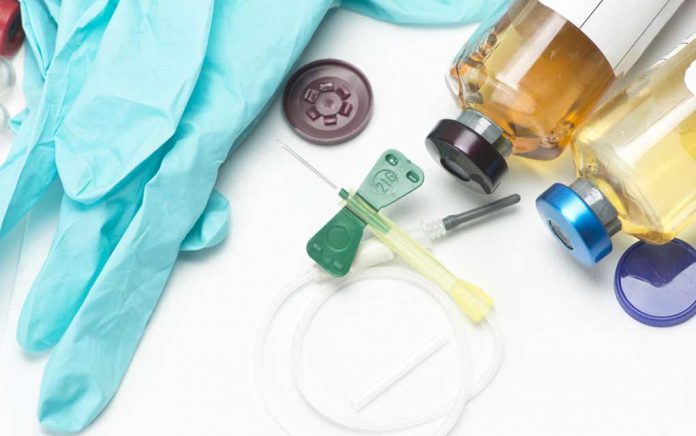
(AscendHealthy.com) – It can strike anyone at any time, nearly silent until it slams its victim with a painful and destructive assault. Even with intensive medical care, a bout with this indiscriminate assailant can lead to permanent disability or death. And if it hits you, early detection could be the key to saving your life. Can you guess what it is?
A Leading Cause of Death
Sepsis doesn’t make headlines often, so it might not be on your radar — but it should be. This dangerous condition contributes to 22% of all deaths in the US on an annual basis. And that figure jumps to 33% among people who’ve been admitted to a hospital. That makes sepsis the #1 cause of death in hospitals in the United States.
In the United States alone, sepsis accounts for approximately 270,000 deaths each year. Throughout the entire world, 8 million people, including more than 3 million children, die from the illness every year. This means sepsis is to blame for a whopping 20% of worldwide deaths — or 1 in 5 deaths.
Wide Array of Causes
Nearly any infection can lead to sepsis, but bacterial infections are the most common causes. Sepsis occurs when the body becomes overwhelmed and the infecting pathogen spreads into the blood. Antibiotic-resistant bacteria can be a major threat in this case, because there are few effective treatments.
The most common infections that lead to sepsis begin in the lungs, urinary tract and gastrointestinal tract, but even a paper cut can potentially lead to sepsis. Roughly 35% of people who develop sepsis start off with pneumonia. The most common bacterial culprits are strains of staph, strep and E. coli.
Deadly Effects
Once a person develops sepsis, they have a 25% to 30% risk of dying from it. If the response progresses to its most severe form, septic shock, that risk jumps to 40% to 70%.
The WHO warns that early identification and treatment (when possible) are a person’s best chances for a full recovery. Watch out for these warning signs:
- Fever or abnormally low body temperature
- Cold hands and feet
- Shivering
- Cognitive disturbances
- Difficulty breathing
- Blotchy rash
- Extreme pain or discomfort
- Low blood pressure
- Weak or racing pulse
- Reduced urination
People who go into septic shock may experience organ failure, as well as blood clots that restrict the circulation to the arms and legs. This complication leads to over 160,000 amputations each year.
Highest Risk Factors
Older populations, newborns and pregnant women are at higher risks of developing sepsis. Other high-risk groups include people who have diabetes, cancer, kidney disease or lung disease or those who suffer from any condition that impairs immune system function, such as an autoimmune disease or HIV/AIDS. Although these risk factors increase a person’s chances of being affected, sepsis can strike anyone, sometimes without any clear cause or warning.
One-fifth of the population succumbs to this one complication, so it’s important to know the signs and get to a hospital immediately if you suspect you have it. Early detection and treatment are essential. Don’t make a life-altering decision by ignoring a dangerous symptom.
~Here’s to Your Healthy Ascension!
Copyright 2023, AscendHealthy.com




















